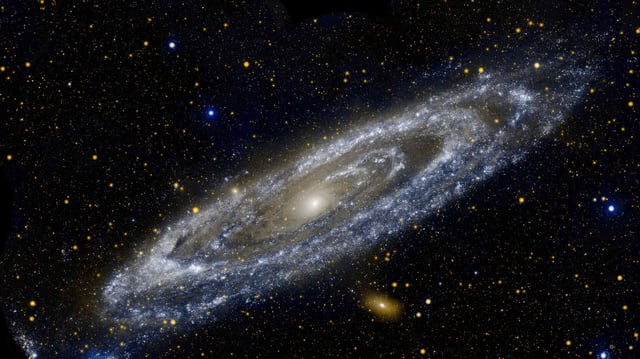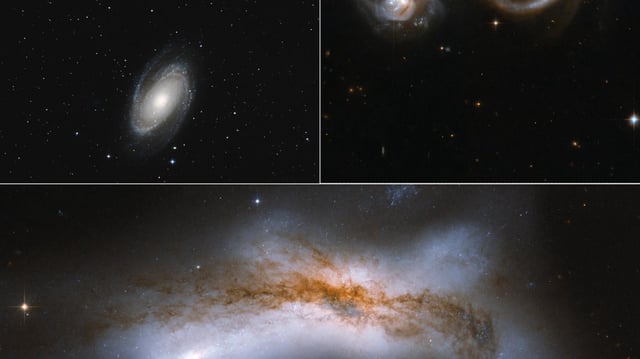Overview
- Researchers integrated precise Hubble and Gaia observations into Nature Astronomy simulations to update collision forecasts.
- Models accounting for 22 variables and 100,000 runs show a 2% chance of impact in five billion years and only a 50% likelihood of collision over ten billion years.
- Including gravitational influence from the Large Magellanic Cloud and the Triangulum Galaxy shifts trajectories enough to substantially reduce impact risk.
- Even if the two giant spirals bypass each other, simulations suggest they will remain gravitationally bound and could merge in the distant future.
- Findings highlight the enduring value of Gaia’s stellar parallax data and note that Earth’s fate will be determined by solar evolution long before any galactic interaction.

